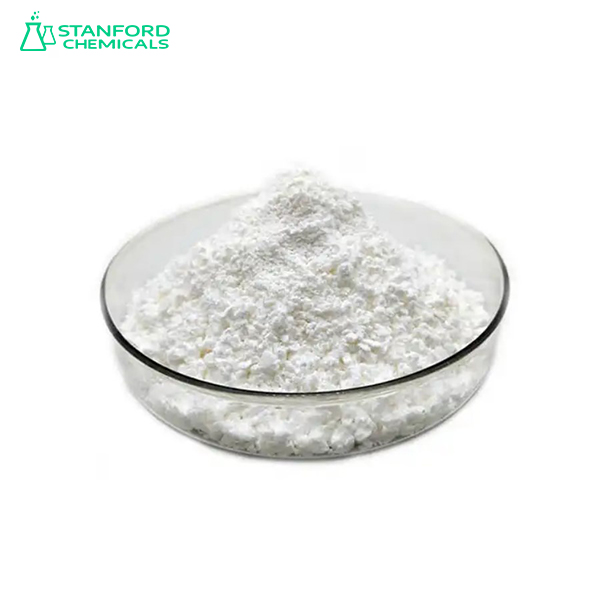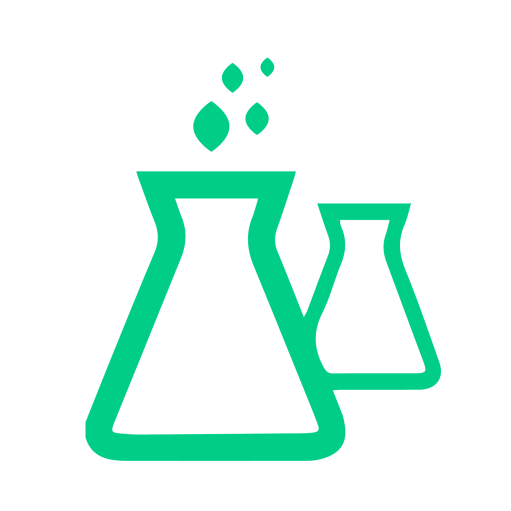
Astragalus membranaceus (Fisch.) is a traditional Chinese herbal medicine that is widely distributed in China. The genus Astragulus belongs to the legume family (Fabaceae) and has about 1700 species. Astragalus grows as a native plant, mainly in China, the Democratic People’s Republic of Korea, Mongolia, and Siberia (Russia), and is now commercially cultivated mainly in the northern part of China and the Democratic People’s Republic of Korea. The herb has been traditionally used for thousands of years in a wide variety of herbal blends and ‘natural’ remedies in Asiatic medicine.
A lot of recent research interest has been attracted by its curative and stimulating properties. There is evidence that the root extract of this medicinal plant acts as a cardioprotector, and cardiotonic, and is a powerful stimulant of the immune system functions. It enhances the natural protective mechanisms of the human body through the production of white blood cells and interferons, very important to the health type of proteins.
This is of critical importance, especially to people who are undergoing radiation and chemotherapy, because the herbal extract is found to decrease the adverse side effects related to these treatments. In such a way, Astragalus can help in the prevention of various infections and colds, or shorten their duration. Moreover, there is information that this medicinal plant can suppress the development of cancer cells, and is very effective in the treatment of lots of viral diseases, such as hepatitis B, parainfluenza, and others.
It has been used traditionally to treat fatigue and strengthen vital energy, to increase blood circulation and strength. Astragalus is reported also to protect the liver against toxins and is utilized in the treatment of chronic hepatitis. The herb regulates water utilization, relieving edema or preventing spontaneous sweating. It possesses tissue regenerative and anti-inflammatory properties and is applied for the healing of ulcers and external sores. Other important functions and claimed by traditional medicine, to mention a few, are hypotensive effects, increased fertility, invigorated liver and kidneys, antiaging effects.
There are multiple uses described in traditional Chinese medicine, which are not supported by experimental or clinical data yet, for example – treatment of nephritis, chronic bronchitis, leprosy, chronic diarrhea, abnormal uterine bleeding, and diabetes mellitus. A lot of intensive research is being done, and we will soon see what additional secrets this miracle elixir has still to uncover.
